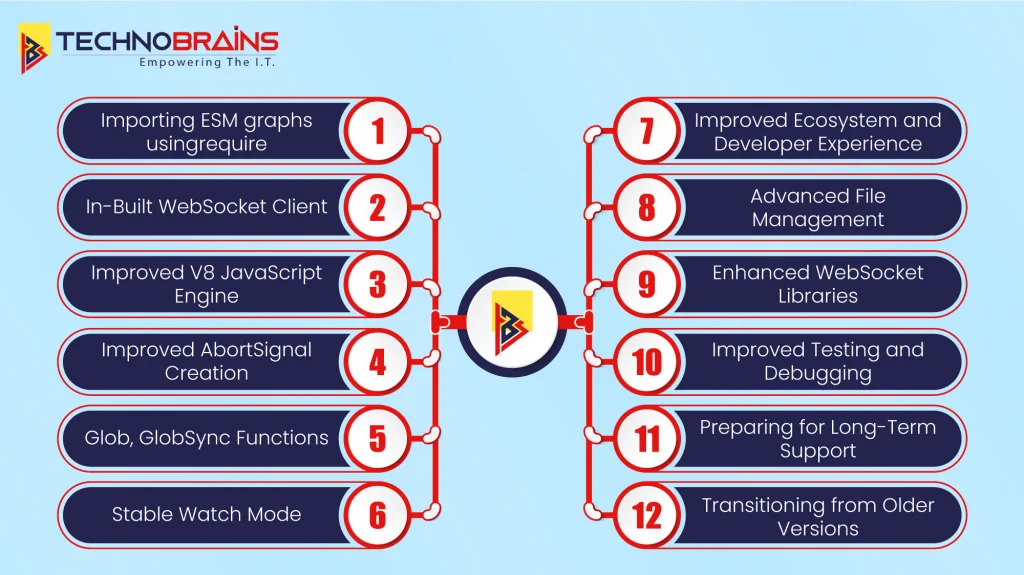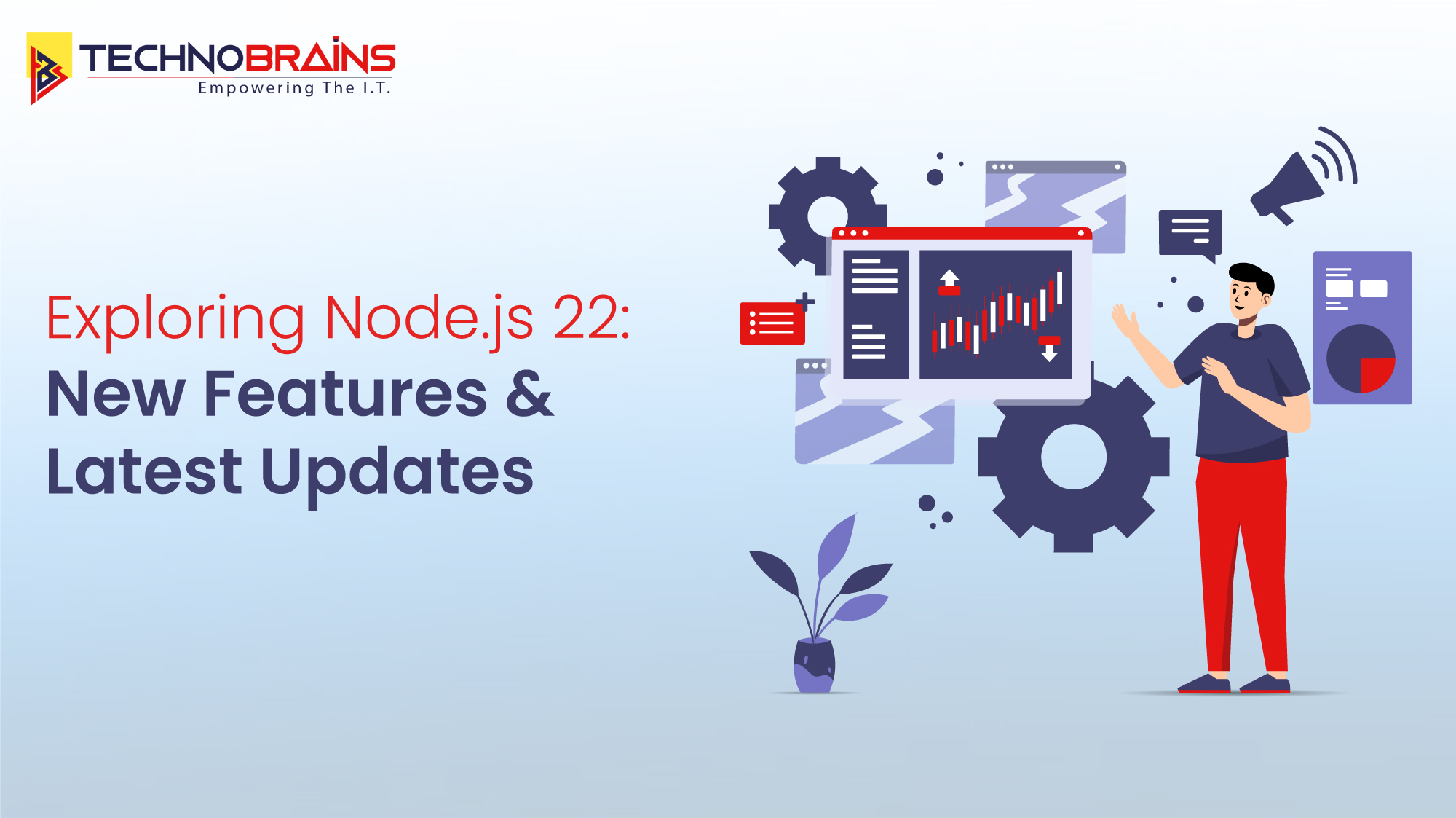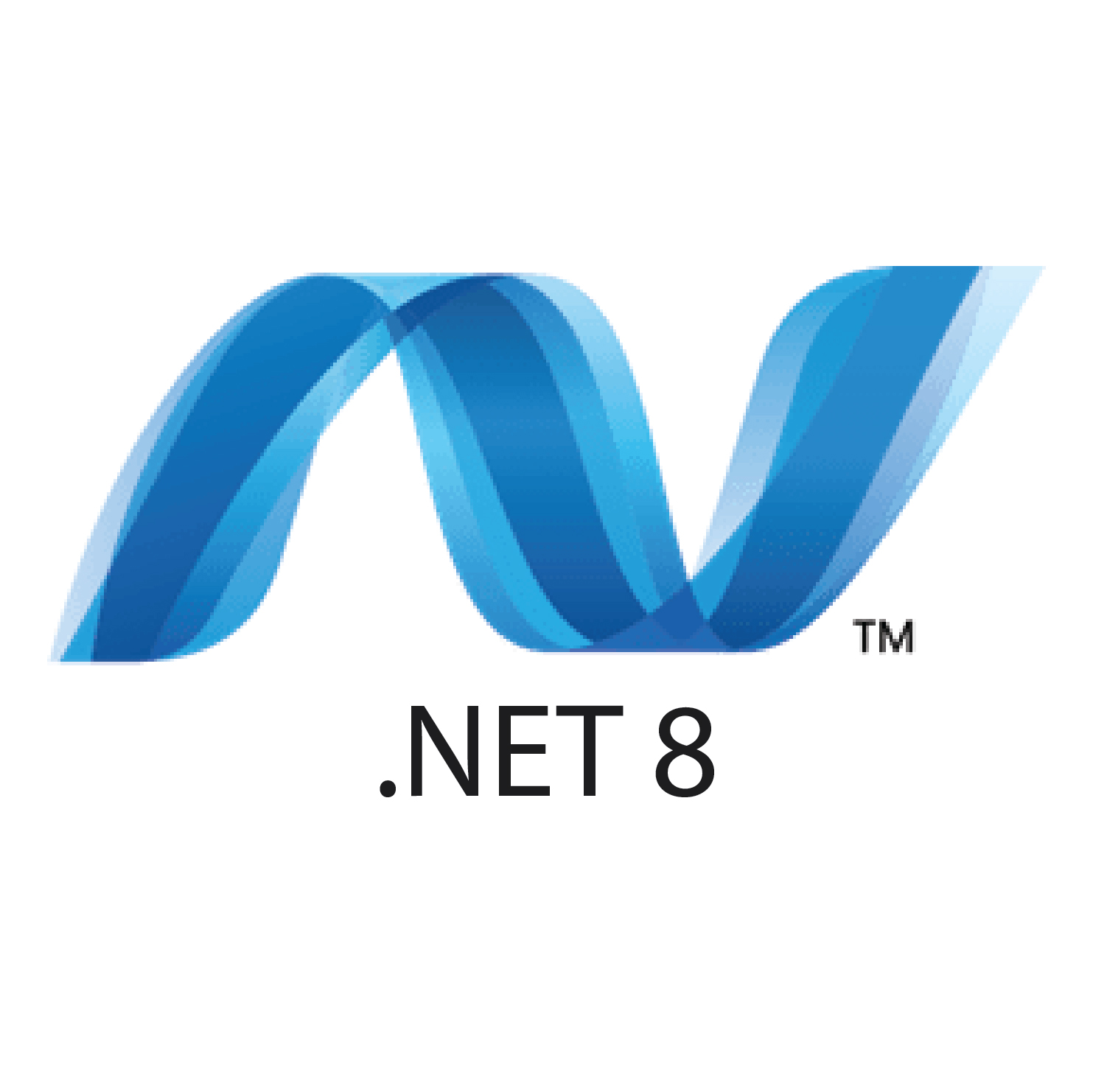Node.js 22 brings humongous updates and features that are released to improve your Development Experience drastically. It includes enormous performance improvements, expanded ECMAScript support, better diagnostic tools, and more. We will dive deep into it and present the same evolution in the most accessible yet informative way possible in this blog.
Introduction to Node.js 22
Released on April 2024, Node.js 22 continues to build on top of the base created for an already runtime solid environment for JavaScript. The new version stays in the “Current” release phase and will move into Long-Term Support status in October 2024—so it provides a very long-term stable period for developers to integrate new functionalities into their projects. Upgrade Node.JS’s latest version to experience the key features and enhancements in Node.JS 22.
Key Features and Enhancements in Node.js 22

1. Importing ESM Graphs Using require()
Node.js 22 introduces the possibility of importing an entire ESM graph using require(). Such changes would generally make working with modular JavaScript easier, as there won’t be a need for complex workarounds. The new –experimental-require-module flag has helped the developers to work seamlessly with ESMs.
2. In-Built WebSocket Client
Under the experimental-websocket flag, WebSockets is already on by default in Node.js 22. Helping to remove the need for external dependencies has made the proof of concept much easier and smoother, thus making heterogeneous real-time applications more accessible to develop.
3. Improved V8 JavaScript Engine
Improvements to V8, which has now jumped to version 12.4.254.14, bring better performance and improved memory management. In addition, the update also includes many of the latest JavaScript features, including Array.fromAsync and WebAssembly Garbage Collection.
4. Improved AbortSignal Creation
The creation of AbortSignal instances, which is critical to managing asynchronous operations, was improved in Node.js 22. This leads to a massive performance gain for things like Fetch and test runners.
5. Glob, GlobSync Functions
This is because the additional glob and globSync functions in the fs module make it much easier to achieve any path-based pattern-matching task effectively. It’s pretty straightforward to search and manipulate files due to such changes brought forth by the fs module in the Node environment.
6. Stable Watch Mode
The experimental Watch mode is now stable. This feature enables Node.js to automatically restart your process when files change, improving the development workflow quite a lot.
7. Improved Ecosystem and Developer Experience
Node.js 22’s updates extend beyond the inner core features of making the ecosystem more vibrant. Among these new changes come improvements around tools and libraries to incorporate fresh functionalities for further streamlining development.
8. Advanced File Management
New glob and globSync functions enable quite an innovative library of file manipulation. It will become much easier for a developer to create tools for complex file searching and synchronization and automate various file-processing tasks.
9. Enhanced WebSocket Libraries
It is envisioned that the inbuilt WebSocket client would foster the development of new libraries and frameworks to assist in building real-time applications. Shortly, tools could then be developed for managing WebSocket connections, handling authentication cases, and constructing robust communication protocols.
10. Improved Testing and Debugging
Performance improvements when creating an AbortSignal can help test frameworks and even debuggers. The new set of testing tools described by the builders would not only make use of such extended capabilities but would be employed in a service that runs tests quickly and effectively.
11. Preparing for Long-Term Support
Whereas Node.js 22 is in its “Current” release phase, it should switch to Long-Term Support in October 2024. This timeframe is also critical for developers to test and adapt their apps with the new features for stability and performance before attaining LTS status.
12. Transitioning From Older Versions
The highly recommended steps are to plan the migration to either Node.js 20 (LTS) or Node.js 22 immediately so that continued development would be supported and compliant with evolving features and security updates. Specifically, this is highly recommended since Node.js 18 will enter End-of-Life in April 2025.
Additional Notable Enhancements
1. Maglev Compiler
By default, Node.js 22 turns on the Maglev compiler on architectures that support it. Therefore, Maglev provides improved performance while running short-lived CLI programs; it will be faster and more efficient.
2. Running package.json Scripts
One of the changes is the ability to run a script described in package.json at execution time, using the new CLI flag: node –run <script-in-package-json>. The change makes it easier to execute scripts directly from the command line.
Key Takeaways
- Importing ESM Graphs With required (): It makes modular JavaScript easier.
- Built-in WebSocket Client: It helps develop real-time applications quickly.
- Upgraded V8 Engine: performance and memory management improved.
- Optimized AbortSignal Creation: Performance improvement for asynchronous operations.
- Introduce glob and globSync Functions: It provides efficient pattern matching of file paths.
- Stable Watch Mode: It streamlines the workflow of development.
- Maglev Compiler: Performance improvements to CLI programs.
- Running package.json Scripts From CLI: Simplifies Execution of Scripts.
- Increased Default High Water Mark for Streams: Improved performance.
- Dropped the Support During Import Assertions in ESM: encourage compatible practices.
Conclusion
Node.js 22 is far ahead in terms of JavaScript development, focusing on modularity, real-time communication, performance optimization, and stability. With these features, you can use the Node.JS with full capacity. We at TechnoBrains as the best Node.js development company are here to deliver.
Contact us today and experience robust Node.JS development services to meet all your business needs.









